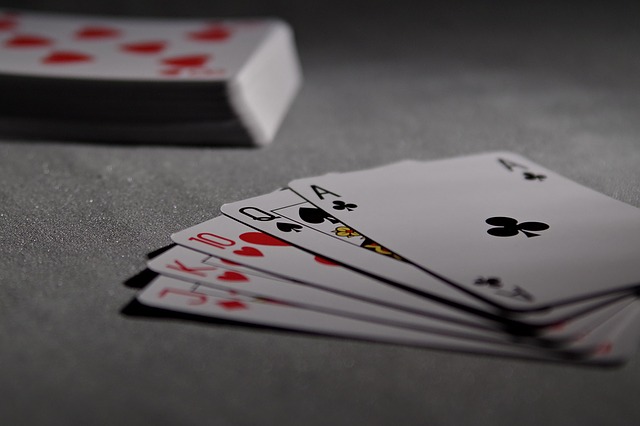Do you know the origin of the card game “Laura”?
Lola is played with single-headed cards containing 32 hands of four suits (ball, heart, leaf, acorn). The game is for four players and consists of four rounds. In the first round, only one pre-designated player deals each round (either by agreement or by scanning cards); in the next round, the other players deal, and everyone deals in turn.
Each series consists of eight game rounds (subgames). Each subgame has different rules and their objectives are always different. Individual games are called as follows.
Red, Filky, First-to-Last, All, King of Hearts, Quarters, Tens, Graduation Graduation)
Each time 32 cards are dealt and each player receives 8 cards. The game itself consists of so-called card running. The higher value card always beats the lower value card of the same suit. The suits must be declared, but an example of the course of one game is, for example: the first player who always wins in eight games, for example, decides the first suit that the other players must “concede”. For example, draw a spherical 8. The second player to the left must continue and concede a color. If there is a sphere card in hand, it must be placed on the table. If there is no sphere card in hand, he chooses a card of a different suit, e.g., the Acorn King; the third player again chooses a card of the original suit, i.e., the sphere card, and finally the fourth player plays. The deck of four cards on the table is drawn and the player with the highest value of the designated suit (in this case, the sphere) takes it. Then the player who took the deck (pakl) continues to draw, and the next round begins with that player (he or she decides which suit to draw, and the other players honor that suit.)
A fantastic game for four players to enjoy all night long
Each game in this set has different rules, which are:
Red– The object of this game is, if possible, to keep red (heart) cards in the not to put them in the deck (style), flushes
two penalty points per first and last– here the first and last flushes are always decisive and count as penalty points. A check is always awarded to the first player to deal who concedes the highest value of a given suit
All– each check awarded counts as a penalty point
Red King– here the game is played with the red king at stake The clubs have a special rule, the object of which is to interpret the four straight cards in a suit and dispose of the entire hand, each card in the hand counting as one penalty point
Ten– the rules are somewhat similar to those of quarters, the object of the game is to get rid of all cards in hand and always interpret a straight starting with ten
Matriculation– ten, after the cards are dealt, one of seven games must be chosen and the player must win that game; if failed, the player graduates again (like a September graduation ), and receive 8 penalty points. A total of three graduations may be made; if the player fails to graduate, an additional 8 penalty points are added and the next round begins.




